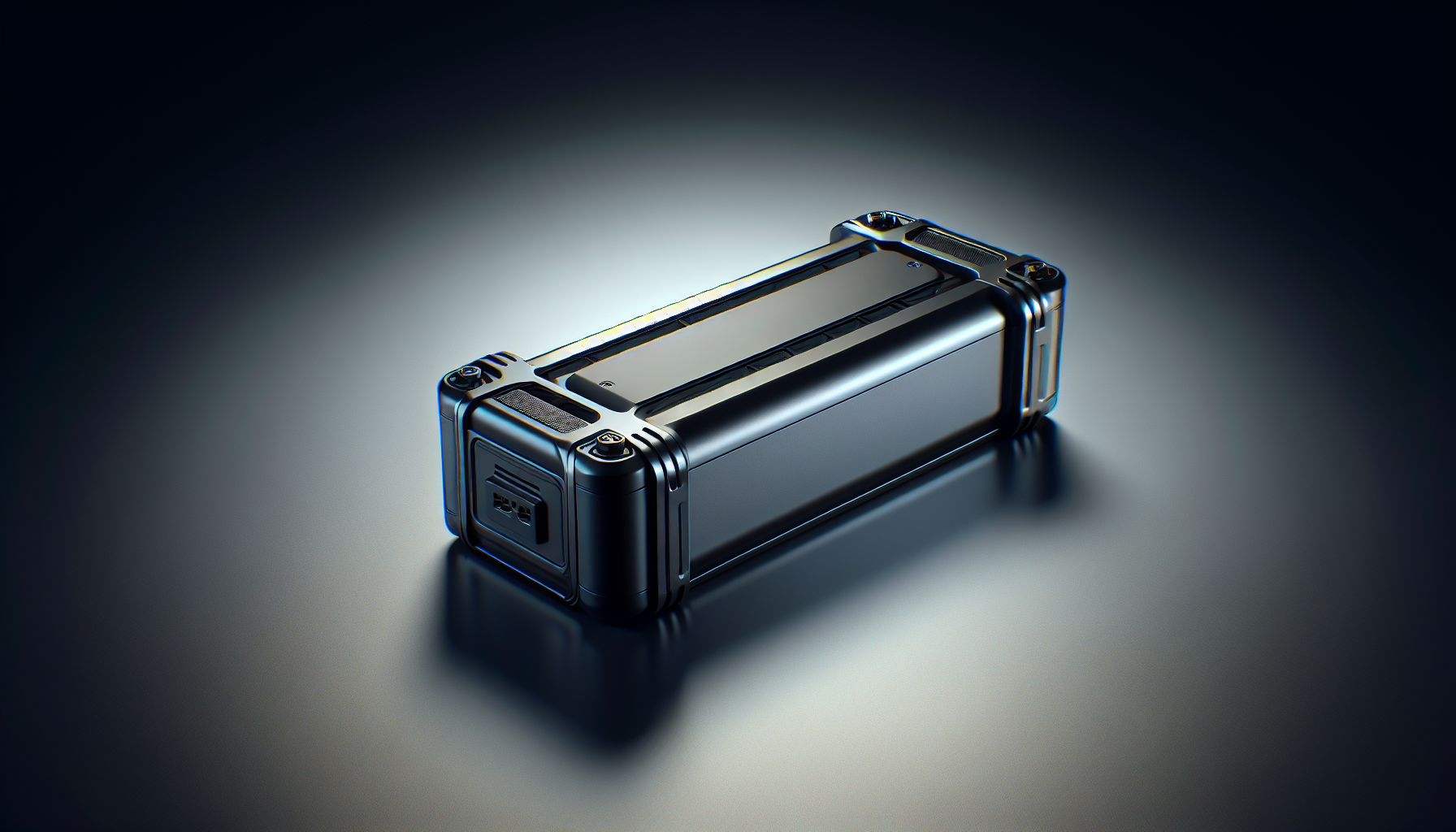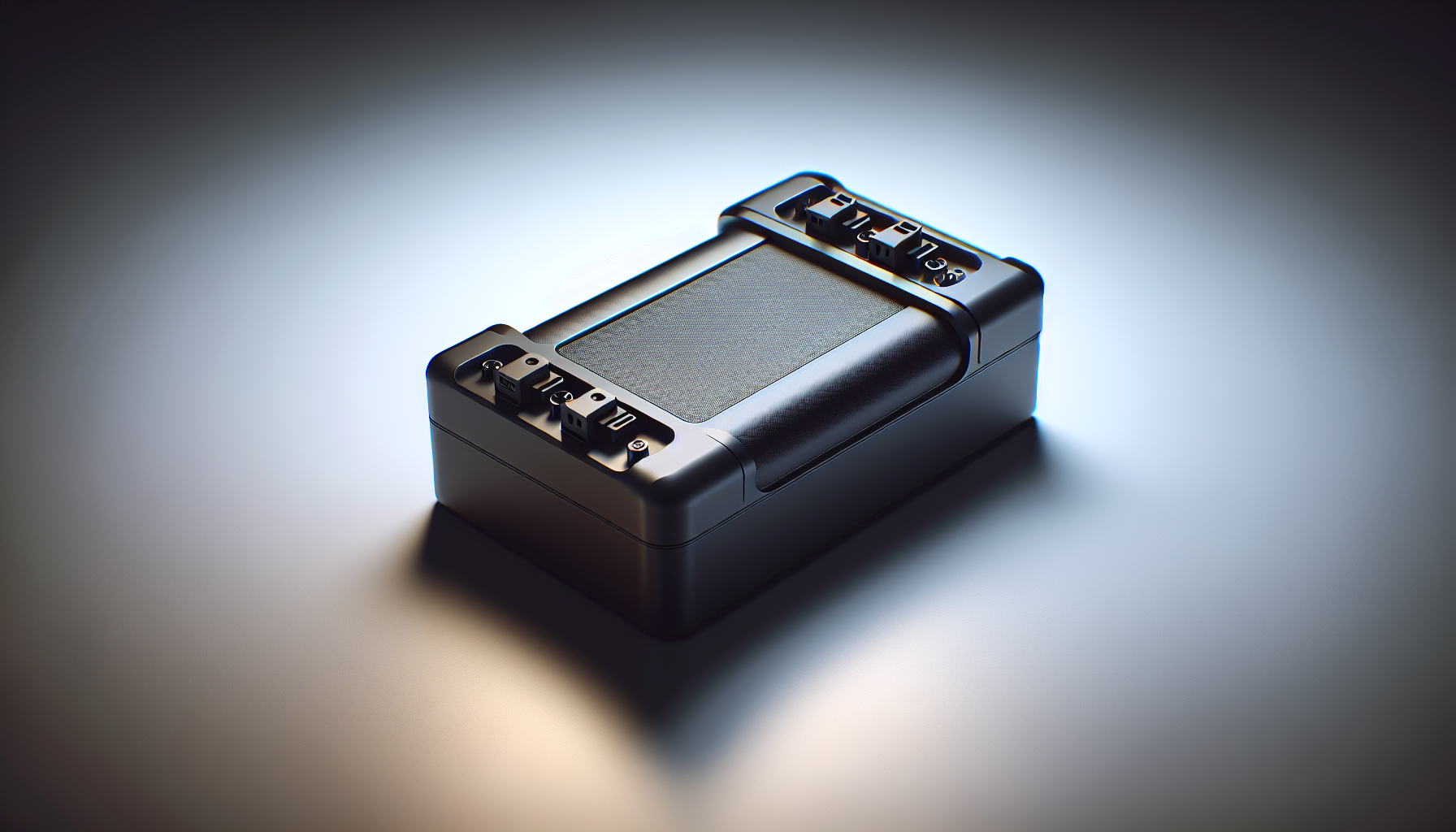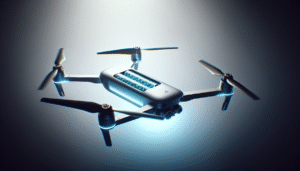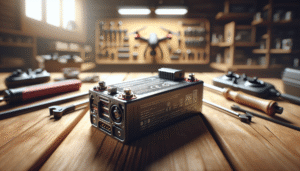Have you ever found yourself puzzled by the overwhelming array of drone batteries available on the market today? When it comes to taking your drone adventures to the next level—whether for filmmaking, racing, or mapping—choosing the right battery is crucial. I remember the first time I plunged into the rabbit hole of drone battery specifications, I felt like I was deciphering ancient hieroglyphs. But fear not, my friend. Together, let’s navigate this labyrinthine world of LiPos and mAh to ensure you make informed decisions for your aerial endeavors.

Understanding Drone Battery Types
A good starting point is identifying the different types of batteries available for drones. In the world of drones, there’s a battery for every purpose, much like there’s a shoe for every occasion. So, let’s get comfy and settle into this electrifying subject.
Lithium Polymer (LiPo) Batteries
LiPo batteries are the most commonly used batteries for drones, and with good reason. Their lightweight design and high energy density make them ideal for demanding tasks. It’s like having a vegan dessert that tastes so good you’ll swear it’s full of dairy and sugar.
While LiPo batteries are efficient, they do require some tender loving care. Proper charging, handling, and storage are essential to prolong their life and maintain safety.
Lithium-Ion (Li-ion) Batteries
Consider Li-ion batteries the long-distance runners of the battery world. They don’t deliver the same punch as a LiPo battery but offer more stability and longevity. If you’ve ever found yourself out in the wilderness, filming epic landscapes, you’ll appreciate a reliable battery that lasts longer, even if it doesn’t provide peak performance.
Nickel Metal Hydride (NiMH) Batteries
Now here’s a blast from the past! NiMH batteries are less common in modern drone technology but are still around. Their main selling point is their environmental friendliness and cheaper cost. However, they tend to be bulkier and have less energy density than their lithium counterparts. They’re like the vintage records of the battery world—a little less crisp but charmingly nostalgic.
Capacity And Flight Time: A Balancing Act
When it comes to battery capacity, it’s all about striking a balance between the weight of the battery and the flight time you desire. Capacity is measured in milliampere-hours (mAh), and figuring out the right amount can ensure your drone soars gracefully through the skies without plummeting prematurely or carrying excess weight.
Calculating Flight Time
To estimate your drone’s flight time, you can use this simple formula:
[ \text = \frac{\text}{\text} ]
While this formula is insightful, remember it doesn’t account for variables like weather conditions, aggressive movements, or additional payloads.
Example Table of Drone Flight Time
| Battery Capacity (mAh) | Power Consumption (mAh/minute) | Estimated Flight Time (minutes) |
|---|---|---|
| 1500 | 150 | 10 |
| 3000 | 200 | 15 |
| 5000 | 250 | 20 |
Voltage: The Power to Propel
Understanding voltage is like a first-time parent learning how to change diapers—completely necessary, albeit less glamorous. Voltage, measured in volts (V), determines the power that your drone can tap into. Higher voltage batteries can give your drone an extra boost in performance but may also require a more robust setup.
Comparing Different Voltage Levels
- 3S (11.1V): A common voltage for many recreational drones, providing a good balance of power and efficiency.
- 4S (14.8V): Offers increased power, ideal for racing enthusiasts who need that edge-of-the-seat thrill.
- 6S (22.2V): The powerhouse of the bunch, suitable for high-performance drones used in industrial applications or advanced mapping.
The Voltage Conundrum
While higher voltage can enhance performance, it’s crucial to ensure your drone’s electronic speed controllers (ESCs), motors, and other components are compatible. Imagine pulling a slingshot back as far as it goes only to have the rubber band snap—nobody wants that.

Considering Battery Weight
Weight is another critical factor when choosing a drone battery, especially if you’re hauling cameras or mapping equipment. You want your drone to defy gravity without resembling a flying hippo. A heavier battery can mean more capacity, but it can also sap your drone’s agility.
Balancing Weight and Performance
Hefty batteries may appear like the marathon runners of energy storage, but they can be a Catch-22. They provide more juice yet slow down your drone’s speed and agility. It’s akin to wearing a backpack filled with delicious, yet soporific, histories of obscure Ottoman dynasties to a sprint race.
The Temperature Tug-of-War
Temperature is another sneaky variable that can impact your battery’s performance. Cold weather can lead to reduced battery efficiency. In contrast, hot conditions can risk overheating. Think of it as Goldilocks seeking the porridge that’s just right.
Effects of Temperature on Battery Life
- Cold Temperatures: May decrease battery voltage, reducing your flight time.
- Hot Temperatures: Can accelerate battery wear and potentially lead to dangerous outcomes.
Storage Tips for Your Batteries
When storing your batteries, aim for a cool, dry place. Around 60-80% charge is ideal for long-term storage—treat it like storing your finest wine at the perfect level of humidity and temperature.
Chargers and Charging Techniques
Choosing the right charger is like picking the right car for a road trip. You want reliability and efficiency without the risk of overheating. A quality charger will keep your batteries in top condition and help prolong their lifespan.
Parallel vs. Series Charging
Understanding the difference between parallel and series charging is akin to choosing between a group road trip or solo travel.
- Parallel Charging: Allows multiple batteries to charge at the same rate and finish simultaneously. It’s social and efficient, much like having dinner with friends.
- Series Charging: Charges batteries one after the other, like focusing on one book at a time. Perfect for when you’re not in a rush.
Battery Safety: Handle with Care
Drone batteries, particularly LiPo, require careful handling. They’re like that friend you love dearly but wouldn’t let near an open flame. Safety is paramount—not just for your drone but also for you and your surroundings.
Safe Charging Practices
- Always monitor your batteries while charging.
- Avoid using damaged connectors and ensure proper polarity.
- Use battery fireproof bags for added safety.
In Case of Fire
If a battery does catch fire—though uncommon, it’s wise to be prepared—never use water. Smother the flames with a fire extinguisher or sand. Then wait for the experts to arrive. All those fire-safety drills in school now finally make sense.
Specific Use Cases: Tailoring Your Battery Choice
Let’s paint a picture by diving into specific drone activities and understanding which battery nuances cater to each.
Filmmaking
When creating cinematic content, you’ll likely carry weighty camera equipment. Your choice should favor high-capacity batteries without sacrificing too much on weight. A longer flight time translates to capturing that perfect golden-hour shot without frequent landings.
Racing
For racing, every millisecond counts. Choose batteries with higher discharge rates and power output. They’ll give your drone the acceleration and top speed required to zigzag through competitions like a caffeinated squirrel.
Mapping
Accuracy and steadiness are key for mapping drones. You’ll likely want to lean toward batteries that provide balance in flight time and stability, ensuring every pixel on your map is precisely where it should be.
Making the Final Decision
By weighing all these factors—type, capacity, voltage, weight, and temperature adaptability—you can tailor your choice to suit your needs precisely, just like threading an impossibly small needle. It might require patience, but the payoff is a smooth flight experience where your drone does exactly what you want it to—whether that’s capturing breathtaking vistas, hurtling through an obstacle course, or documenting the lay of the land with scientific accuracy.
In the world of drones, choosing the right battery is an investment in your craft and hobby. It can mean the difference between a triumphant skyward journey or a humble retreat to the drawing board. Just remember that every great flight is not about the end destination but the journey and how many wonderful aerial seconds you can squeeze out of it.


